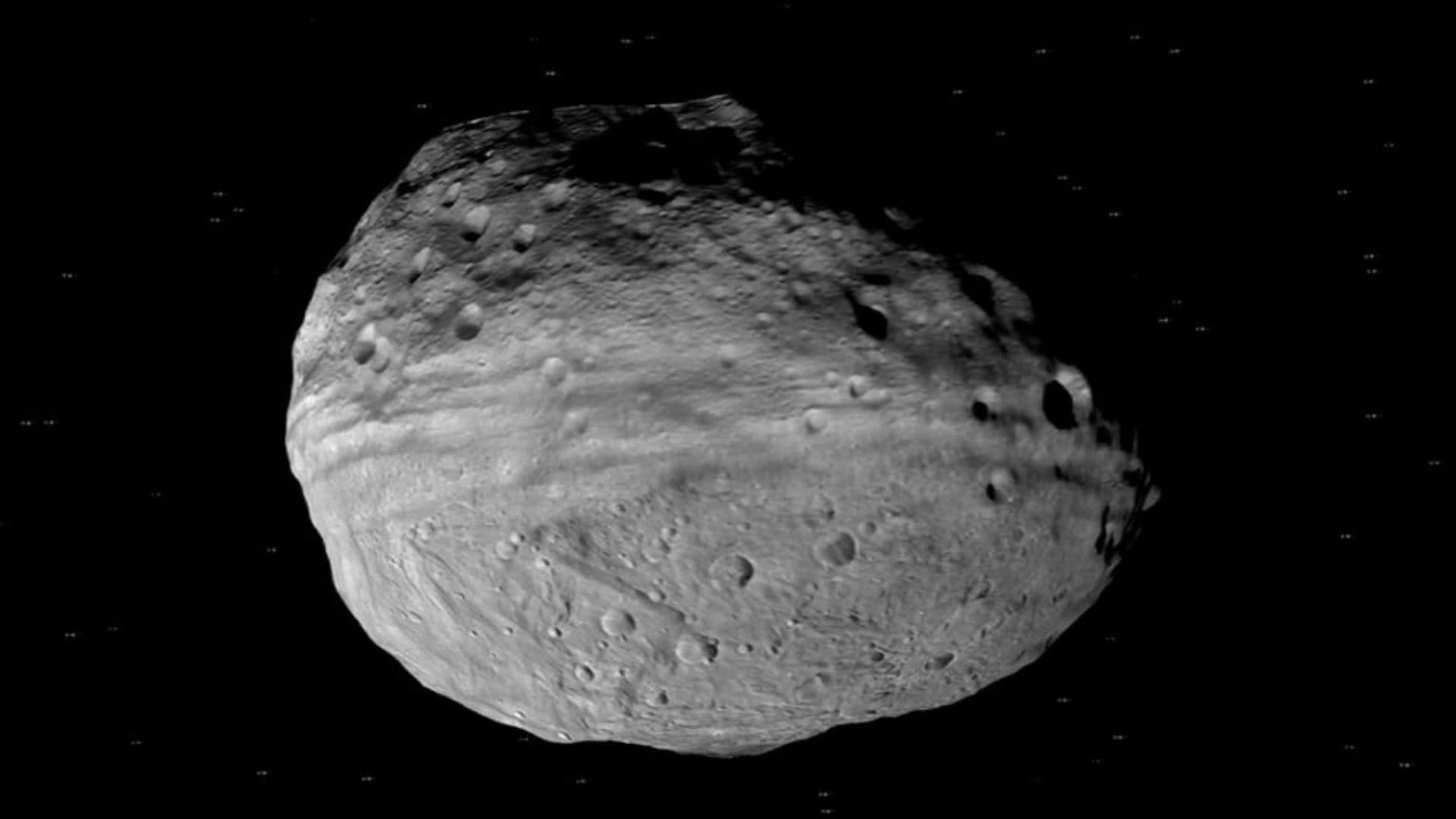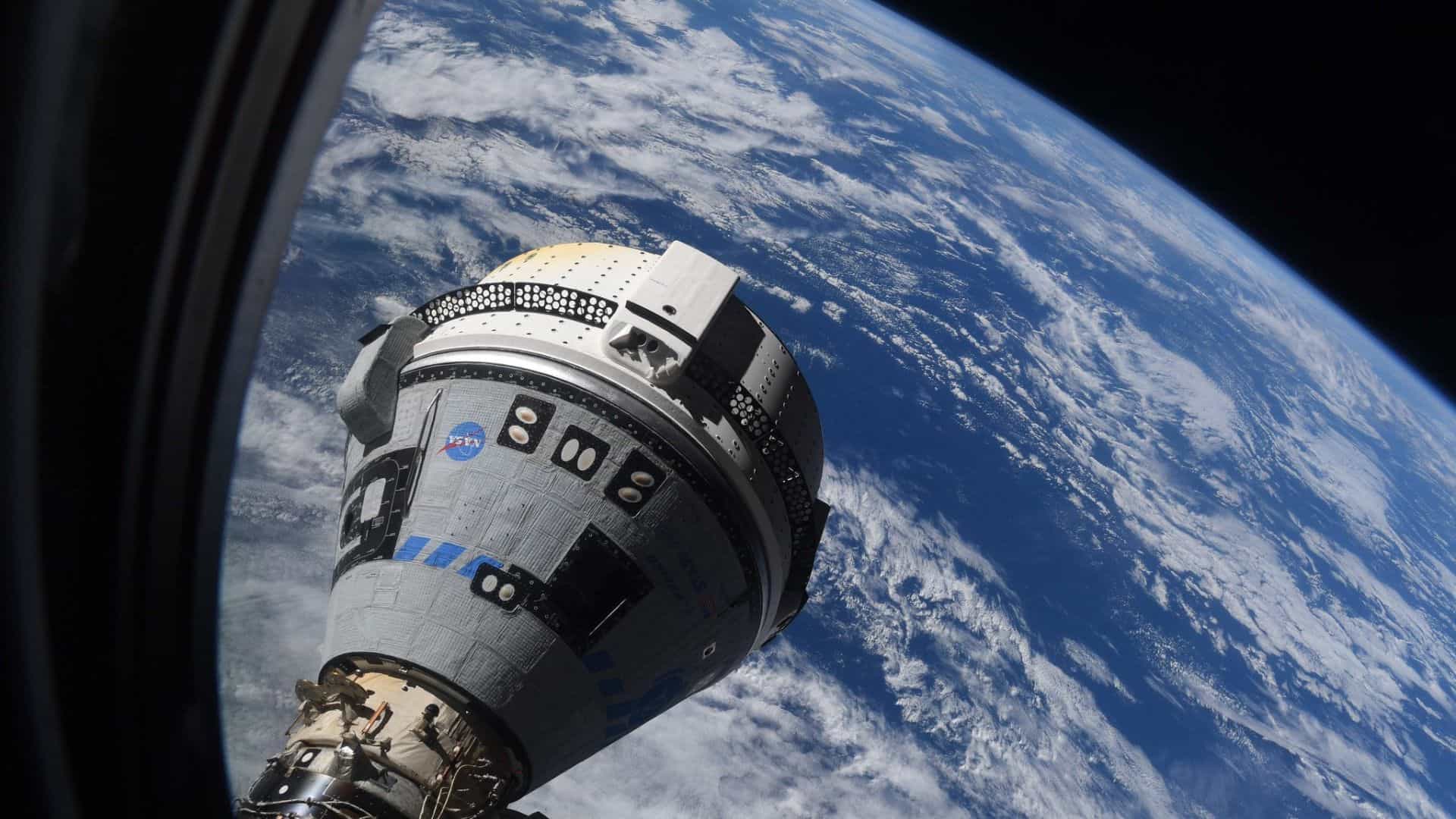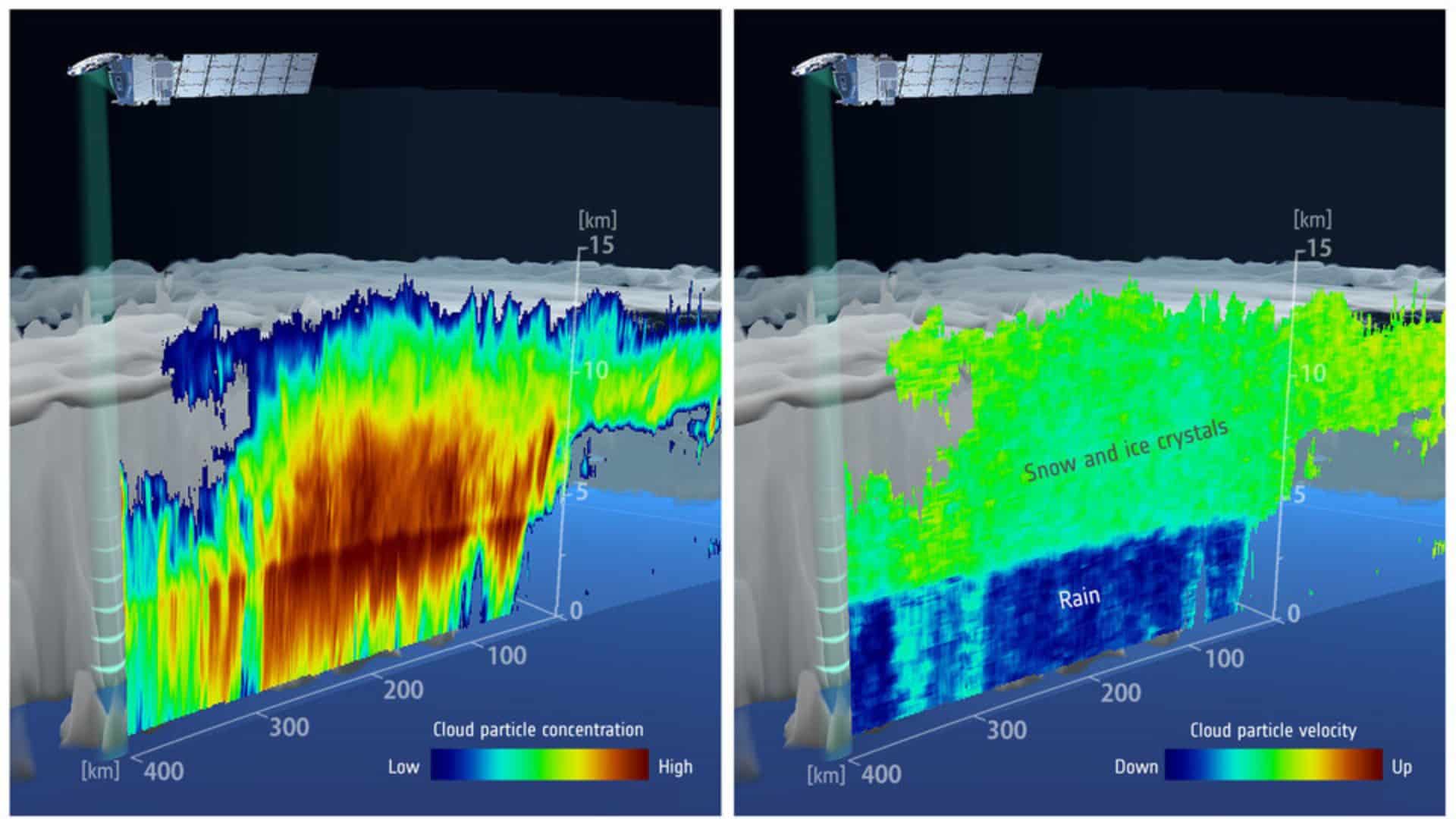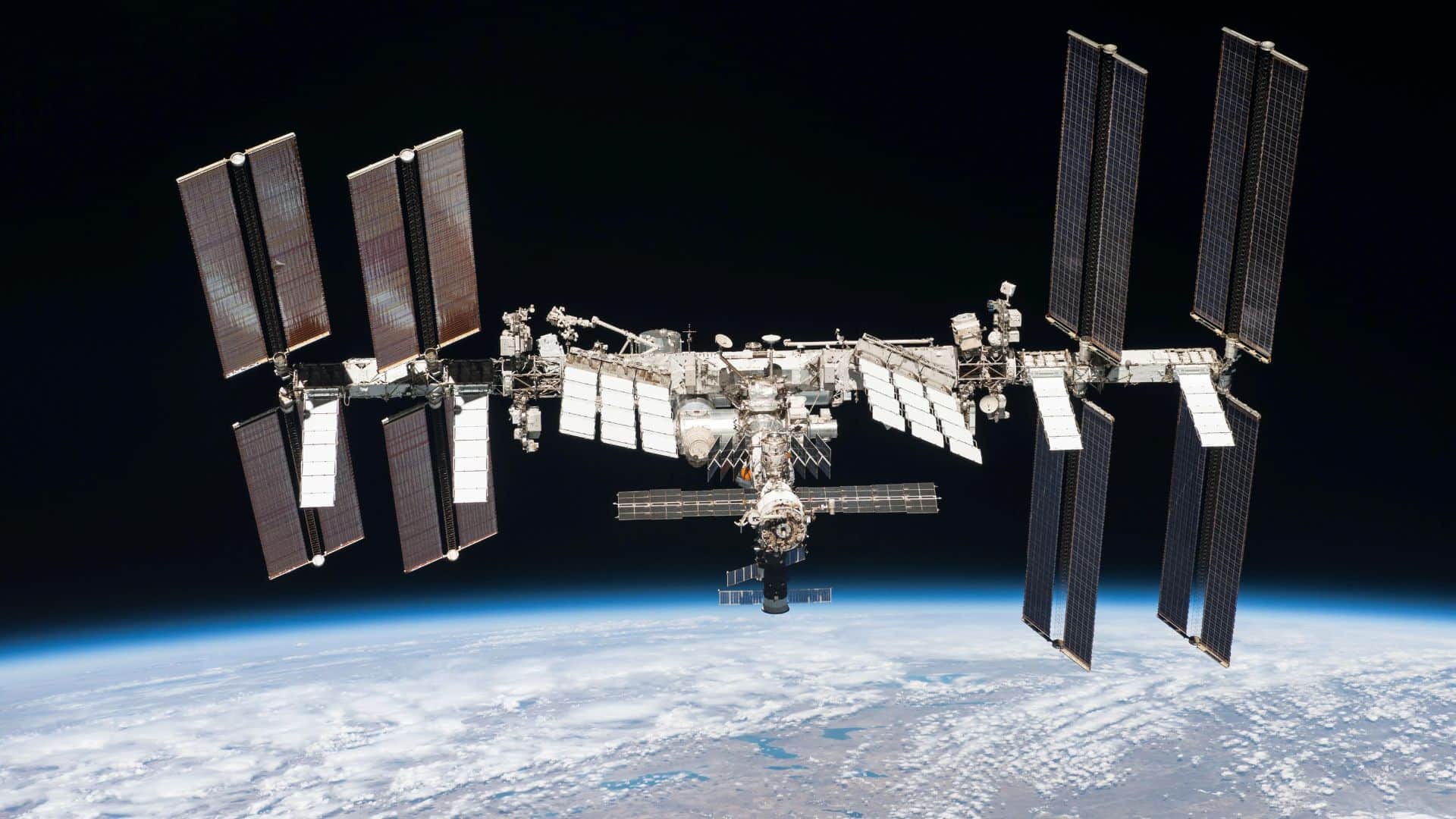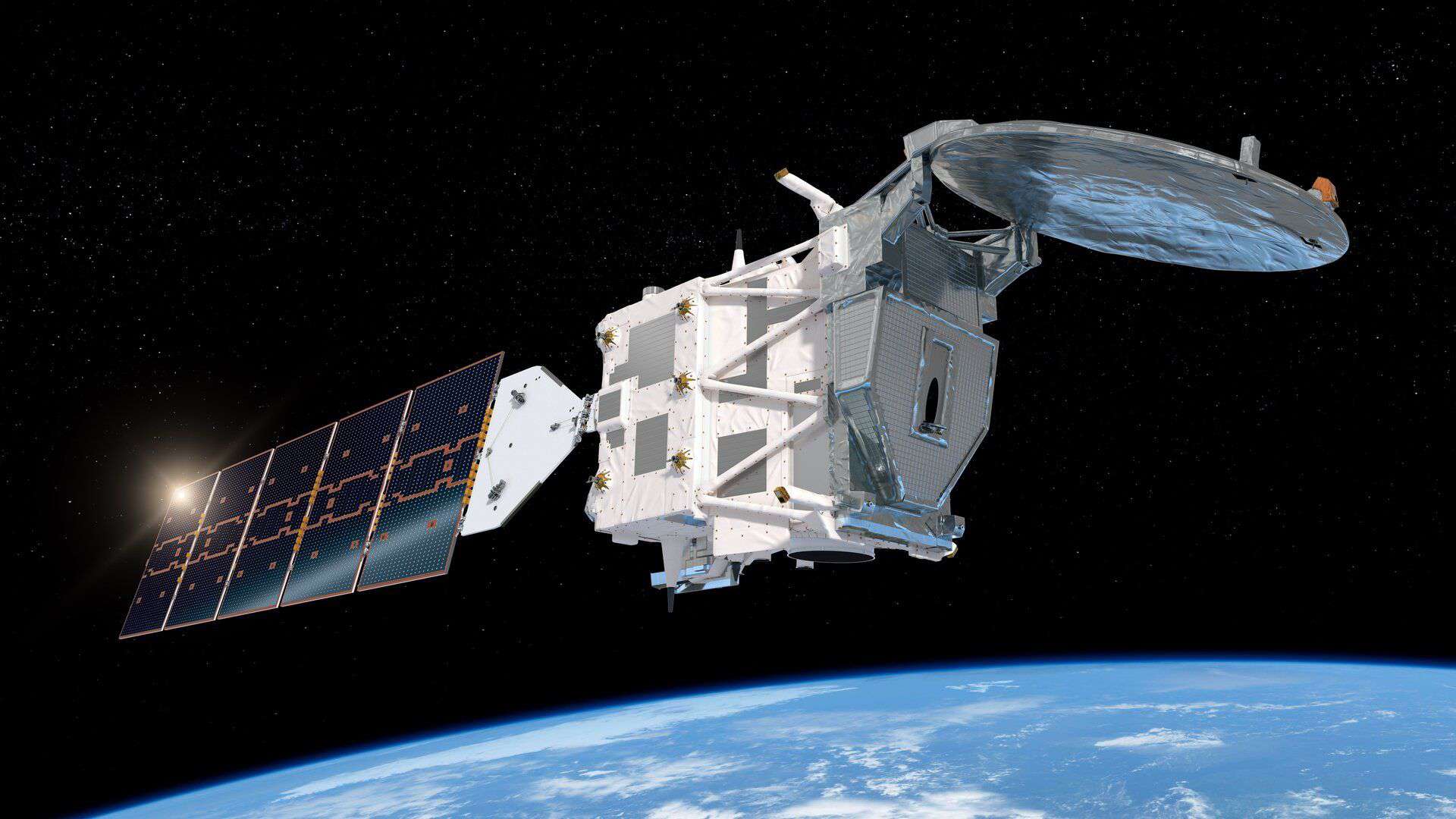
The European Space Agency (ESA) and the Japan Aerospace Exploration Agency (JAXA) have jointly launched the Earth Cloud Aerosol and Radiation Explorer (EarthCARE) satellite to understand the effects of clouds and aerosols on our climate.
Clouds and aerosols (tiny dust particles) play an important role in atmospheric heating and cooling because they reflect incoming solar radiation back to space but trap Earth radiation.
The satellite was launched into space on a Falcon 9 rocket of SpaceX on May 29, 2024, from California, US.
The 2200 kg Earthcare satellite will observe our planet from an orbit at an altitude of 393 km above the ground.
The satellite will make global observations of clouds, aerosols, and radiation during its 3-year mission duration.
Airbus, a European private aerospace company, designed and built this EarthCARE satellite.
The satellite carried four scientific instruments. These are an atmospheric lidar (ATLID), a cloud profiling radar (CPR) supplied by JAXA, a multispectral imager (MSI), and a broad-band radiometer (BBR).
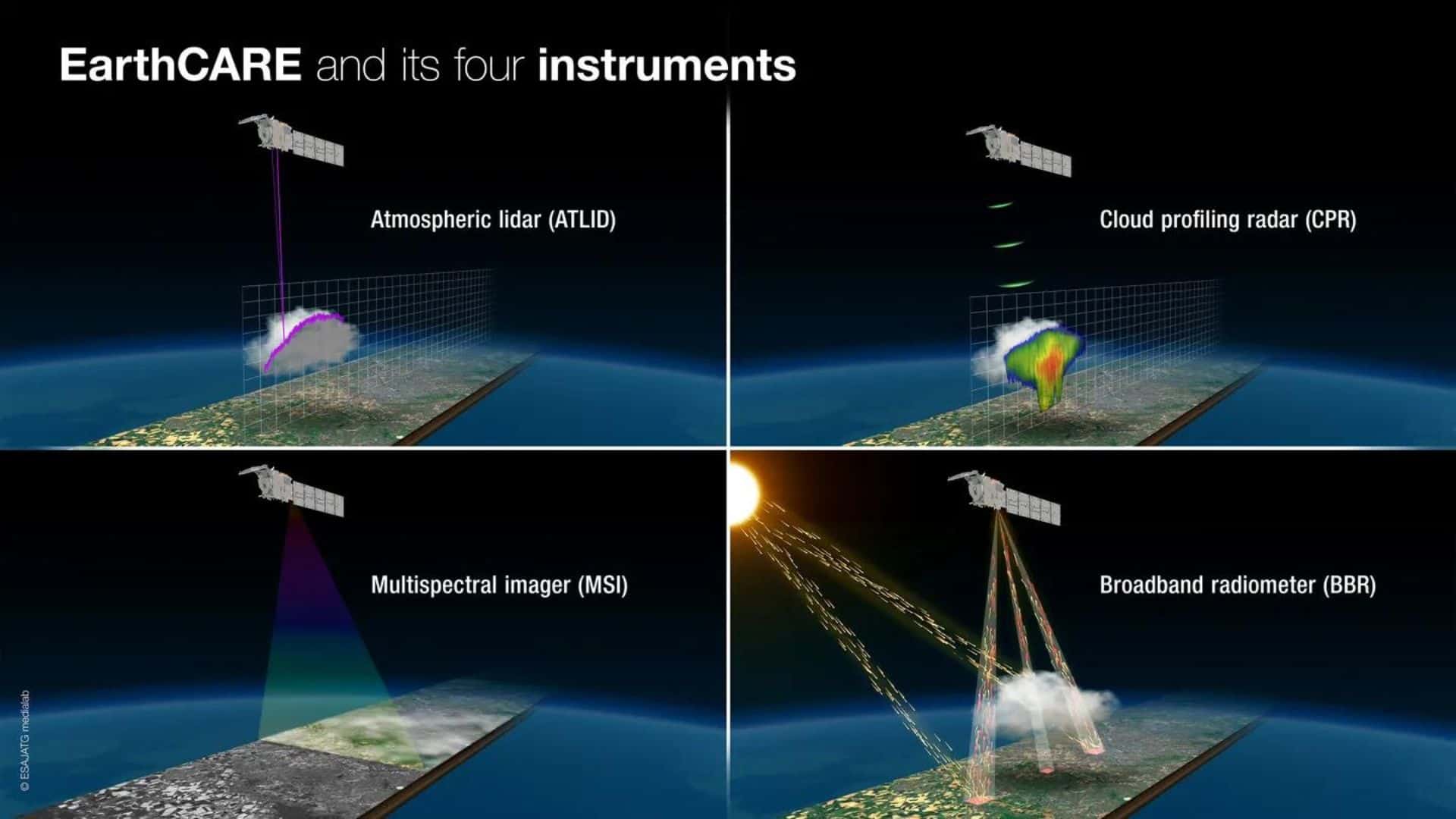
The atmospheric lidar (ATLID) is an optical sensor that uses ultraviolet laser beams to detect and map small features like thin clouds and aerosols.
JAXA’s cloud profiling radar (CPR) uses radio waves instead of laser beams. It provides the internal structure of thick clouds, including particle distribution and water content. It is the world’s first radar that can measure the velocity of upward and downward flow within clouds.
The multispectral imager (MSI) is a camera that can take high-resolution images of horizontal clouds at multiple wavelengths.
The broad-band radiometer (BBR) can measure the amount of sunlight being reflected or radiated from Earth. This radiation balance is necessary for regulating the earth’s temperature.
“Increasing the accuracy of global climate models by using EarthCARE data will allow us to better predict the future climate and therefore take necessary mitigation measures,” JAXA’s Project Manager for the cloud profiling radar, Eiichi Tomita, said in a statement.
Please bookmark Spaceandtelescope.com or follow us on Facebook and Twitter to get latest space news, upcoming skywatching events and astronomy-related content.
